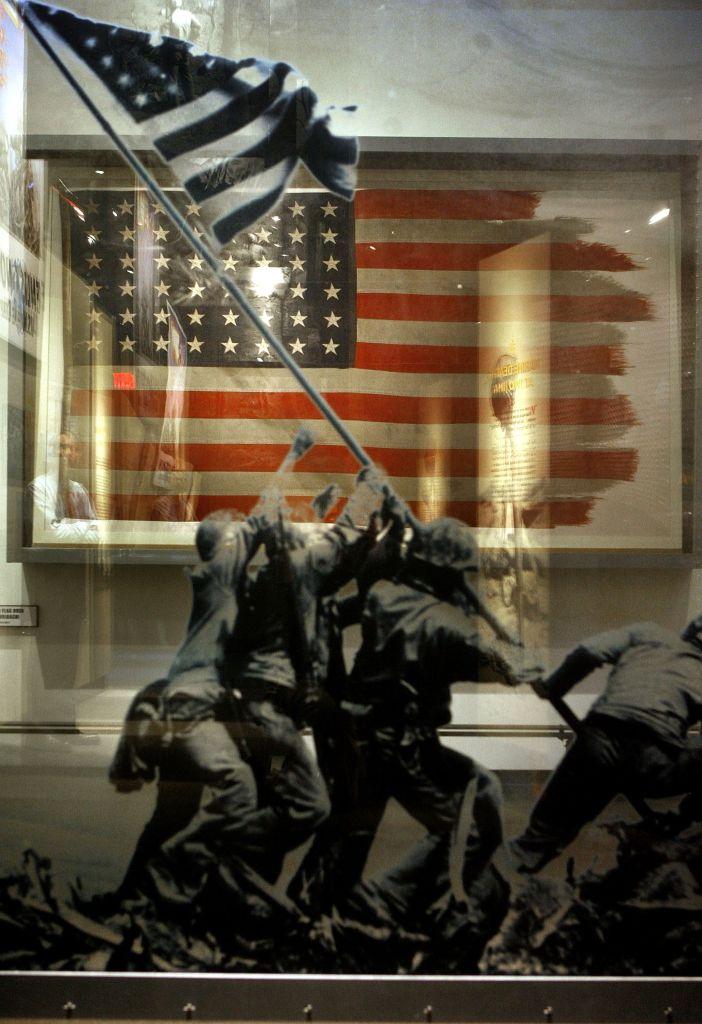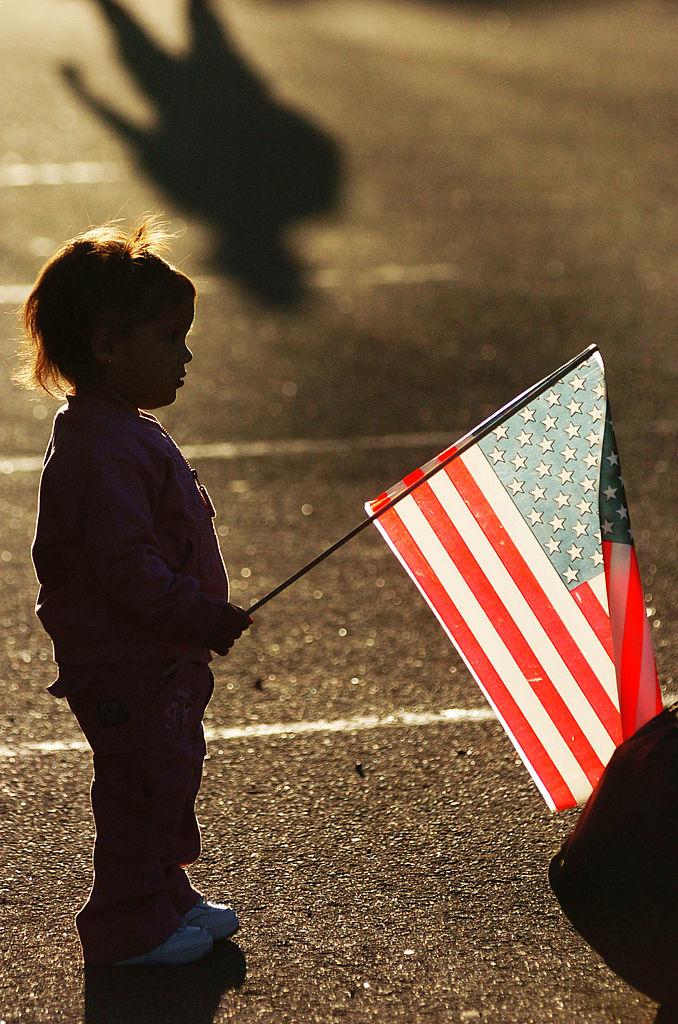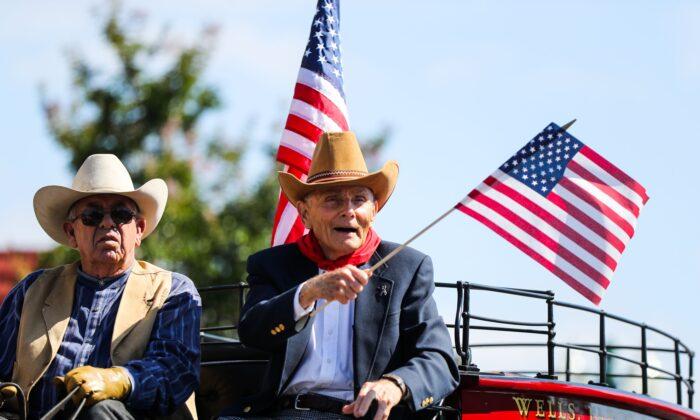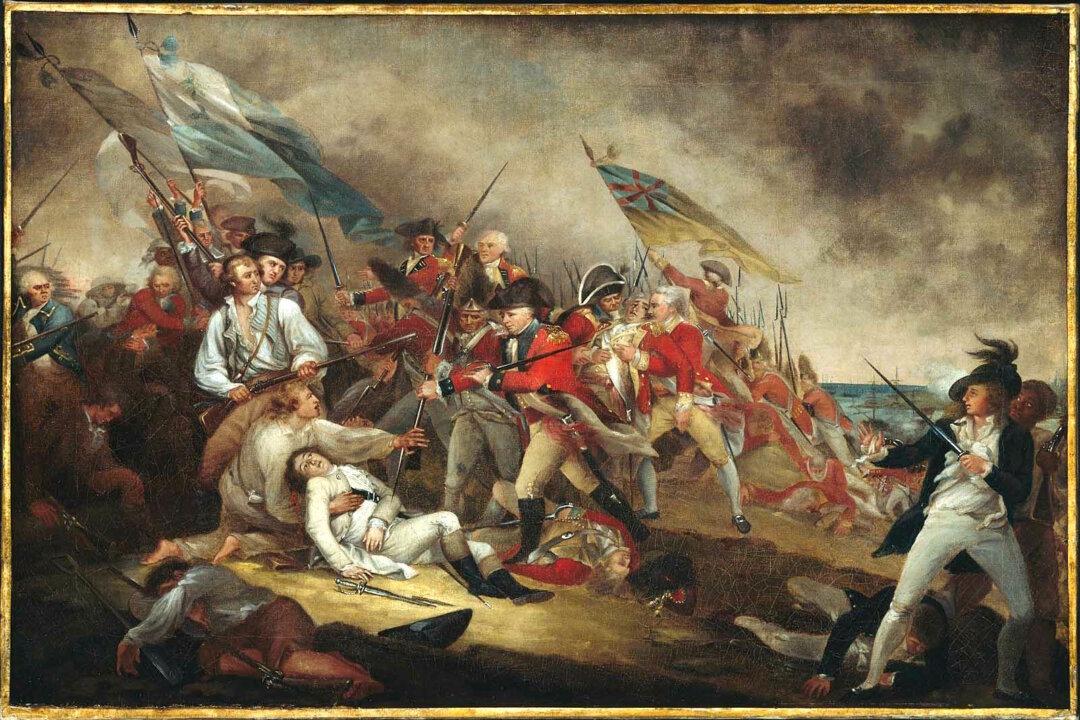Recently I read of a man who said of the American flag: “It’s just a symbol.”
His comment was unintentionally funny. Symbols are never “just” anything. They can possess enormous power. A wedding ring evokes ideas of love and fidelity, and Grandmother’s china collection brings memories of her every time we bring it out for special meals.
Stars and Stripes
So let’s take a look and see what abstractions we can find in the Stars and Stripes.But the real symbolism inherent in the flag, a material object, is this abstraction: the ideals, values, and citizens, living and dead, of the United States of America.
That flag flies at the White House and from the front porches of homes in my neighborhood. That flag stands in the frozen wastes of the South Pole and on the surface of the moon. That flag drapes the caskets of veterans to pay them honor for their service to their country. Protesters who burn that flag are not just setting fire to a piece of cloth, but to America itself.

Think of everything that flag symbolizes.
In those stars and stripes, we find embedded the American Dream. We are the country that, having once gotten rid of a king, has spent the last 244 years trying to make every man of us a king, every woman a queen, monarchs who have charge of their own lives. We are the people whose Constitution and Bill of Rights gave us a republic that recognized that certain rights came not from any government but were natural to all mankind.
When we pass that flag waving from a pole beside the post office or courthouse, we have the opportunity to remember the men and women whose brains, brawn, and courage created the greatest free country in the history of the world. Stitched into those Stars and Stripes are George Washington and Thomas Jefferson, Daniel Boone and Davy Crockett, Sojourner Truth and Susan B. Anthony, Theodore Roosevelt and Dwight Eisenhower, and thousands of others who reside in the pantheon of our nation’s history. Alongside them are the hundreds of millions of others whose unheralded efforts built a bastion of liberty.
When we look at that flag, we should see the beauty and grandeur of the land for which it stands: the majesty of the Rocky Mountains, the sublime beaches of our national seashores, the vast, silent prairies and deserts, the rolling hills of Piedmont Carolina, the forests of Appalachia. That flag should inspire us to look with new eyes at the skyscrapers and public parks of Manhattan, Chicago, or Los Angeles, or at the quaint streets and shops of tiny Flint Hill, Virginia.
Are We Worthy?
That flag should also act as a question mark. Are we worthy of those who came before us, who believed in America and in some cases, died for her? Do we have the can-do pluck of the pioneers who spent months trekking across mountains and prairies to find a home for themselves, the stouthearted determination of African-Americans who under the leadership of Martin Luther King Jr. ended segregation and won full citizenship through peaceful protests, the boisterous American spirit that believed in progress and the freedom of opportunity?Under that flag we Americans even walk differently than other people. Some writer I read long ago—was it William F. Buckley?—recounted an escape from communist East Germany. Those slipping out of the country spoke excellent English, and had been provided with fake American passports and American clothing. The day before they were to attempt to pass through a guarded checkpoint, one of the men said, “Now you must teach us to walk like Americans.”
I personally witnessed this difference. In the late 1980s, when Soviet Russia was still a reality, five Russians stayed at my bed-and-breakfast in Waynesville, North Carolina, to learn the operations of a nearby Dayco factory, a manufacturer of hoses for automobiles. Friends would say to me, “I saw your Russians downtown today,” and when I asked them how they recognized them, they all said, “You can tell by the way they walk.”
Compared to the communists of Germany and Russia, Americans walked as if they owned the earth, captains of their souls and destiny.
From some quarters these days, the flag and the republic it represents are under attack. Once upon a time, the words “It’s a free country, and I’ll say whatever I want” were as common in America as backyard barbecues or ice cream sundaes. Today, some among us want to limit that freedom of speech. They despise our customs and institutions, call for radical changes to our laws and government, and encourage hatred, hoping to divide us into irreconcilable tribes as a strategy for destroying our way of life.

Blessings
Regrettably, many others among us have grown so accustomed to the liberties, privileges, and advantages of our Americanism that we’ve forgotten to remember that these are unique blessings. At our peril, we take for granted what others would take away.“In her own good land here she’s been abused She’s been burned, dishonored, denied, and refused
And she’s getting threadbare and wearing thin But she’s in good shape for the shape she’s in ‘Cause she’s been through the fire before And I believe she can take a whole lot more
So we raise her up every morning We take her down every night We don’t let her touch the ground and we fold her up right On second thought, I do like to brag ‘Cause I’m mighty proud of that ragged old flag”
God bless America. And God bless Old Glory.






